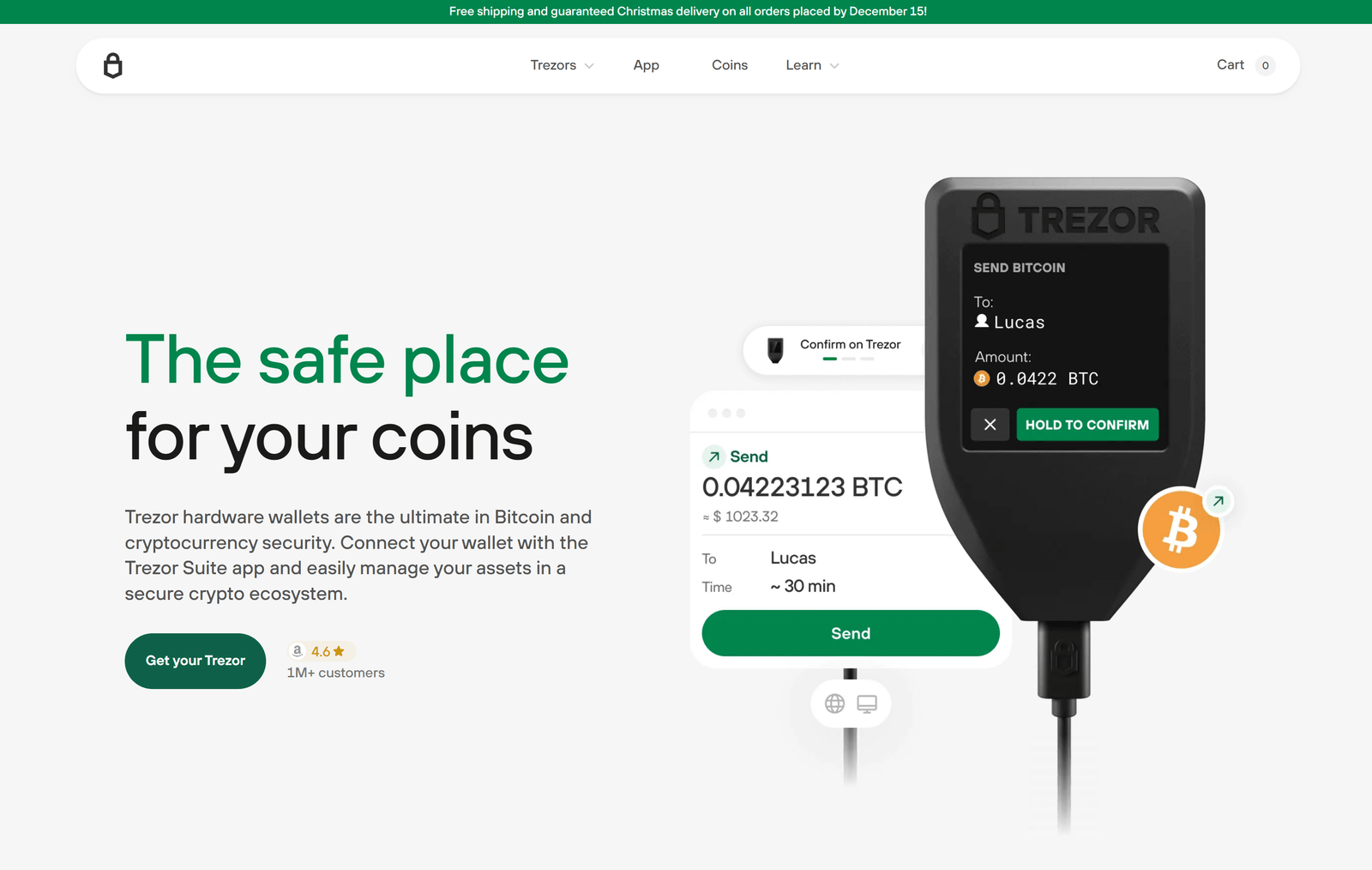Trezor Bridge: The Essential Gateway Between Your Trezor Wallet and Browser
In today’s rapidly evolving digital economy, securing crypto assets is paramount. Among the most trusted hardware wallets available, Trezor continues to lead with its robust architecture and user-centric features. A key component enabling smooth and secure communication between your Trezor hardware wallet and your web browser is the Trezor Bridge. Though often operating silently in the background, Trezor Bridge is essential for seamless wallet management, especially when using platforms like Trezor Suite or third-party DApps.
What is Trezor Bridge?
Trezor Bridge is a lightweight software that acts as a communication layer between your Trezor device and compatible web applications. In simple terms, it ensures your browser can detect and interact with your hardware wallet without relying on outdated browser extensions like Trezor Chrome Extension or WebUSB.
Installed locally on your operating system (Windows, macOS, or Linux), Trezor Bridge facilitates encrypted, secure, and persistent communication channels, making transactions smoother and safer. It is especially crucial when you're using Trezor Suite via a browser or engaging with Web3 services that require wallet authentication.
Why Do You Need Trezor Bridge?
As browser security standards evolve, browser extensions have become more restrictive and sometimes unreliable for cryptographic hardware communication. Trezor Bridge resolves this issue by:
- Eliminating Dependency on Extensions You no longer need to install additional plugins or extensions to use your Trezor device in a browser-based interface.
- Enhanced Compatibility & Performance Bridge supports multiple operating systems and ensures low-latency communication, giving you a frictionless user experience.
- Higher Security Standards Trezor Bridge operates over a secure local connection, ensuring that your private keys never leave the hardware wallet or get exposed to untrusted web environments.
Key Features of Trezor Bridge
- Cross-platform Support: Compatible with Windows, macOS, and Linux
- Automatic Detection: Seamlessly detects your connected Trezor device
- Real-Time Communication: Ensures immediate response between your browser and the wallet
- Open-source Foundation: Transparent and verifiable code for improved trust
- Regular Updates: Actively maintained with security and performance enhancements
How to Install Trezor Bridge
Installing Trezor Bridge is simple and secure:
- Visit the official Trezor website: https://trezor.io/start
- Download the appropriate Bridge version for your OS
- Run the installer and follow the on-screen instructions
- Restart your browser and connect your Trezor device
- Open Trezor Suite or other compatible apps, and the Bridge will automatically facilitate the connection
Final Thoughts
Trezor Bridge may not have a visual interface or need frequent interaction, but it is the backbone of a secure and intuitive crypto experience. It ensures your hardware wallet remains isolated and tamper-proof while still offering browser-based convenience. For any Trezor user — novice or advanced — installing the Trezor Bridge is not just recommended; it’s essential.
Made in Typedream
